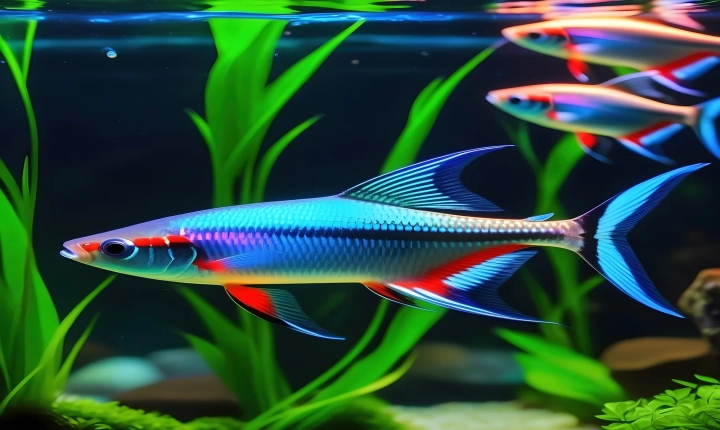Title: Programming a Camera for AI: A Step-by-Step Guide
In recent years, the integration of artificial intelligence (AI) with cameras has revolutionized the way we capture and analyze visual information. From facial recognition to object detection, AI-powered cameras have opened up a world of possibilities for various applications, including security, autonomous vehicles, and augmented reality. However, programming a camera for AI involves several technical considerations and steps. In this article, we will provide a comprehensive guide on how to program a camera for AI.
Step 1: Selecting the Right Camera Hardware
The first step in programming a camera for AI is to select the right camera hardware. The choice of camera hardware will depend on the specific AI application and the requirements for image quality, frame rate, resolution, and environmental conditions. For example, if the application involves real-time object detection in outdoor environments, a high-resolution, high-speed camera with robust environmental sealing may be needed. Conversely, for indoor applications such as facial recognition, a lower resolution camera with good low-light performance may suffice. It is important to consider factors such as sensor type, lens compatibility, connectivity options, and processing capabilities when selecting the camera hardware.
Step 2: Understanding Camera Interfaces and Protocols
Once the camera hardware is selected, it is crucial to understand the interfaces and protocols that the camera supports. Many AI algorithms and libraries are designed to work with specific camera interfaces such as USB, GigE Vision, or MIPI CSI-2. Additionally, understanding the camera control protocols such as GenICam for standardized camera control and image acquisition, or camera-specific APIs, is essential for seamless integration with AI software frameworks.
Step 3: Implementing Image Preprocessing
Before feeding images into an AI model, it is often necessary to perform image preprocessing to enhance the quality of input data and extract relevant features. Image preprocessing techniques may include color space conversion, resizing, normalization, and noise reduction. Depending on the application, additional preprocessing steps such as image rotation, cropping, and histogram equalization may also be required. Understanding and implementing these preprocessing techniques are crucial for optimizing the performance of AI models running on camera data.
Step 4: Integrating AI Models with Camera Data
Integrating AI models with camera data involves deploying AI algorithms that can process the images or video streams captured by the camera in real time. This step requires programming the AI models to analyze the camera data, extract meaningful information, and make decisions based on the output. For example, in a surveillance system, the AI model may need to detect and track objects of interest, classify them, and trigger alerts based on predefined rules. This integration may involve using AI software frameworks such as TensorFlow, PyTorch, or OpenCV, and optimizing the AI models for deployment on camera hardware.
Step 5: Real-Time Inference and Feedback
Once the AI models are integrated with the camera data, it is important to ensure real-time inference and feedback. Real-time performance is critical for applications such as autonomous vehicles, where timely decision-making based on camera data is essential for safety. This step involves optimizing the AI inference pipeline, including model inference speed, memory usage, and hardware acceleration. Furthermore, providing feedback to the camera control system based on AI model outputs may involve triggering actions such as motor control, alerts, or data logging.
Step 6: Testing and Iterating
Finally, testing and iterating are essential steps in programming a camera for AI. Thorough testing of the integrated system under various scenarios and conditions is necessary to ensure the robustness and reliability of the AI-powered camera. Iterative improvements may be made based on the testing results, including fine-tuning the AI models, optimizing image preprocessing, and improving the overall system performance.
In summary, programming a camera for AI involves a multi-faceted approach, including selecting the right camera hardware, understanding camera interfaces and protocols, implementing image preprocessing, integrating AI models with camera data, ensuring real-time inference and feedback, and testing and iterating for continuous improvement. By following this step-by-step guide, developers and engineers can effectively program cameras for AI, unlocking the potential of AI-powered visual information processing for a wide range of applications.
